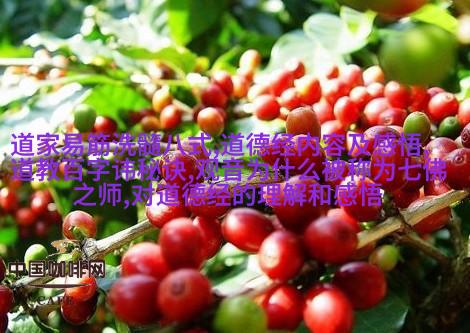语言的变迁:

在新时代,诗歌语言也在不断演变。传统诗歌往往注重形式和节奏,而现代诗歌则更加注重内容和表达。 poets now have a wider range of words and expressions to choose from, allowing them to express complex emotions and ideas with greater precision.
意象与隐喻:

现代诗人常常运用强烈的意象来激发读者的情感反应。通过对物体、场景或人物的细致描绘,poets create vivid images in the reader's mind. Furthermore, metaphors and similes are used extensively to convey deeper meanings and connections between seemingly unrelated things.
个人经历与社会关切:

新时代的诗歌不仅仅是抒情,也反映了作者个人的生活经历和对社会问题的关注。Poets often use their own experiences as a starting point for exploring broader themes such as love, loss, identity, social justice, technology impact on society etc., making the poetry more relatable and impactful.
多样性与包容性:

当今世界是一个多元化的地方,现代文学同样如此。这被体现在各种文化背景下的作品中,不同种族、性取向、性别等都有其独特的声音得到了代表。在这种环境下,poetry has become an important platform for marginalized voices to be heard and acknowledged.
实验性的形式与结构:

与过去相比,现在许多现代作家更倾向于实验不同的形式和结构,以创造新的阅读体验。此类创新包括自由散文式表达、破坏传统韵律模式以及融合不同文学风格等,这些都为古典传统提供了新的视角,同时拓宽了读者的审美范围。
通过这些方面,我们可以更深入地理解并欣赏新时代的现代诗歌,它不仅是一种艺术表现,更是一种交流思想的情报工具,对我们了解当下的世界观念具有重要意义。
